Sitio Conte, Panama

Located in central Panama, the Rio Grande de Coclé floods during the rainy season. In the early 20th century, the Conte family noticed that the shifting course of the river was exposing ancient burials on the river’s edge. In 1940, the Penn Museum excavated the now-famous Sitio Conte (Conte Site) and found archaeological evidence of a large cemetery including an impressive burial of a chief that had been buried with lots of gold and numerous other individuals. The evidence, although dating to the late 1st millennium CE, seemed to corroborate Spanish accounts of events and rituals surrounding the burial of powerful chiefs for the Quevi culture in the late 16th century CE.
- Object[147]
- no[147]
- american[147]
- bone fragments[1]
- bowl[8]
- carafe[16]
- censer[3]
- cover[1]
- cup[1]
- effigy bowl[2]
- effigy jar[2]
- effigy vessel[2]
- handles[1]
- incensario[1]
- incense burner[2]
- jar[10]
- jar fragments[1]
- neck sherd[6]
- pedestal[2]
- pedestal base[1]
- pedestal bowl[5]
- pedestal fragment[1]
- pedestal plate[3]
- plaque[1]
- plate[17]
- plate fragments[3]
- plates[1]
- pot[5]
- pot fragments[1]
- pot rest[2]
- rim[3]
- sample[4]
- sherd[6]
- sherds[63]
- spouted jar[3]
- stone fragment[1]
- tripod[1]
- tripod vessel[1]
- vase[1]
- vessel[15]
- wood fragment[1]
- panama[147]
- sitio conte[147]
- sitio conte[147]
- cocle[147]
- central american[147]
- burial 19[147]
- animal head[1]
- armadillo?[1]
- black ware[1]
- polychrome[1]
- redware[1]
- general reference[146]
1 - 30 of 147 Records
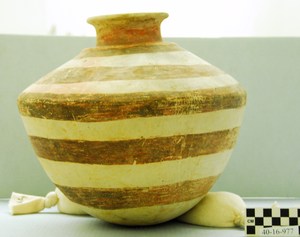
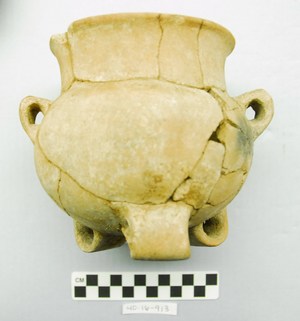
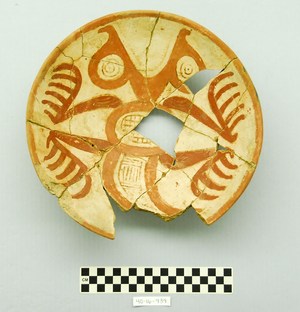
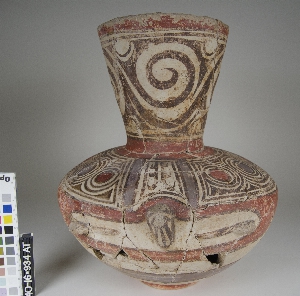
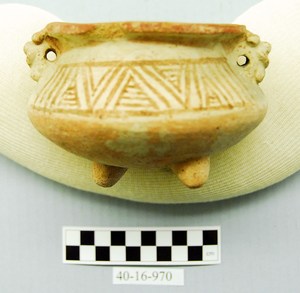
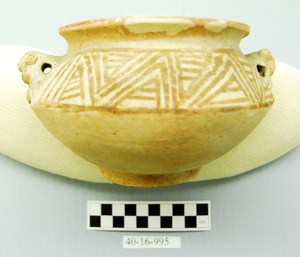
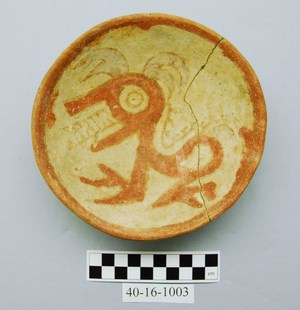
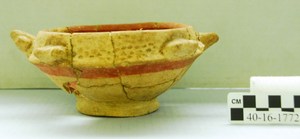
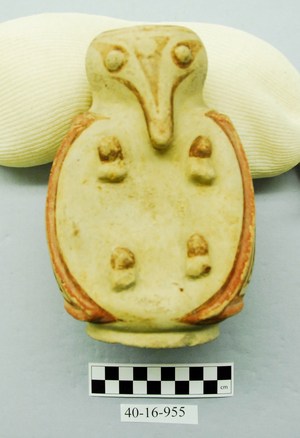
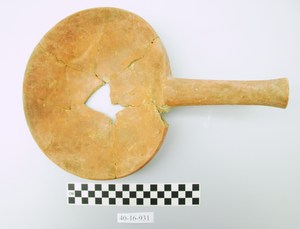
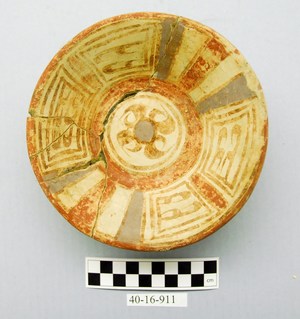
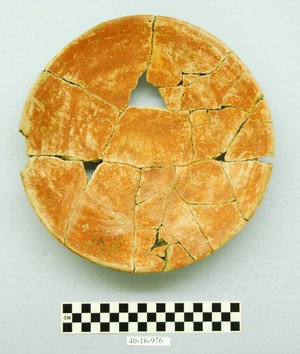
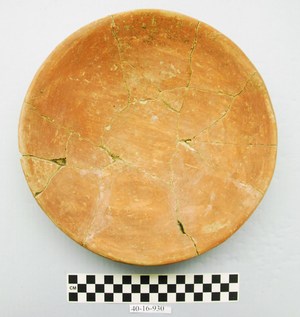
1 - 30 of 147 Records


